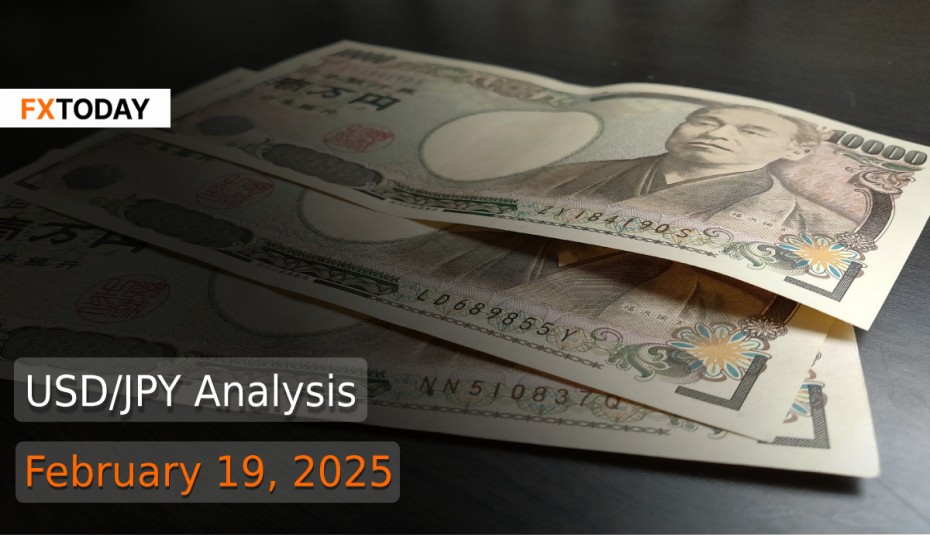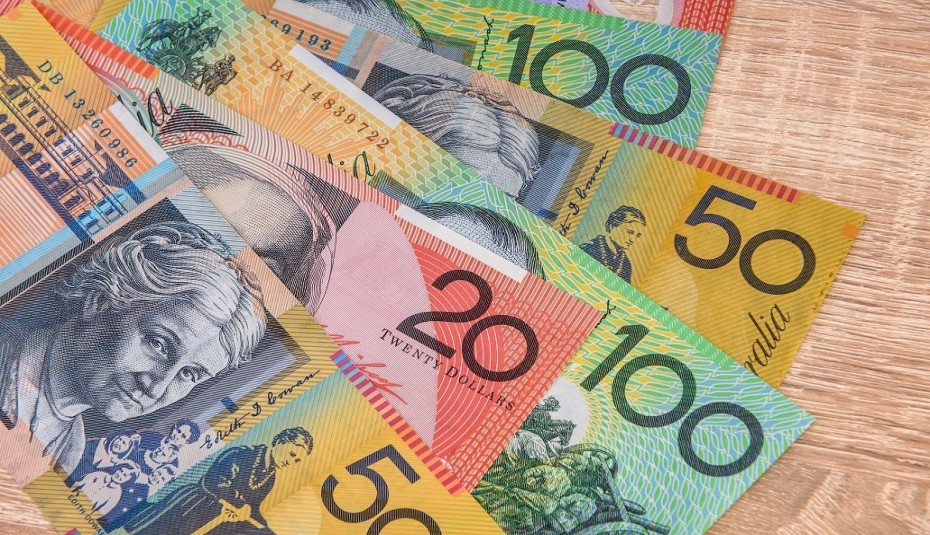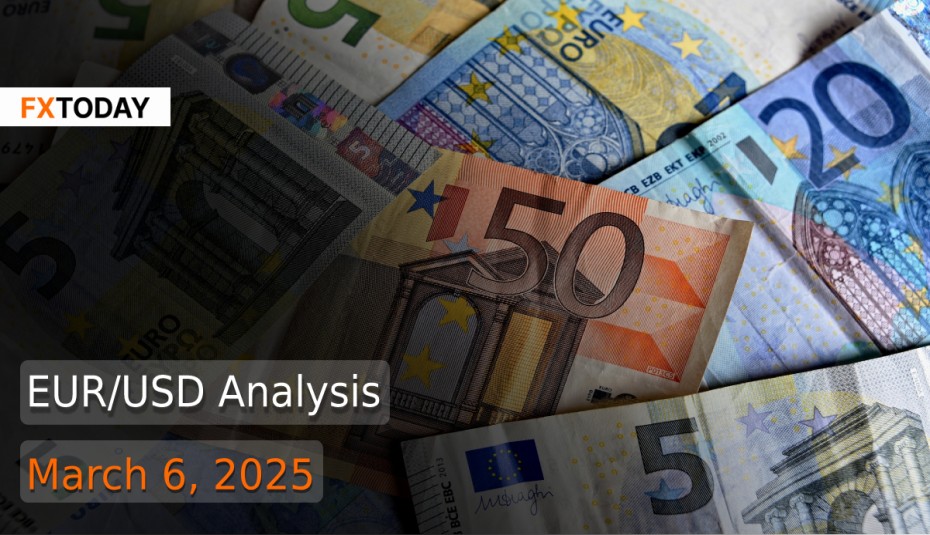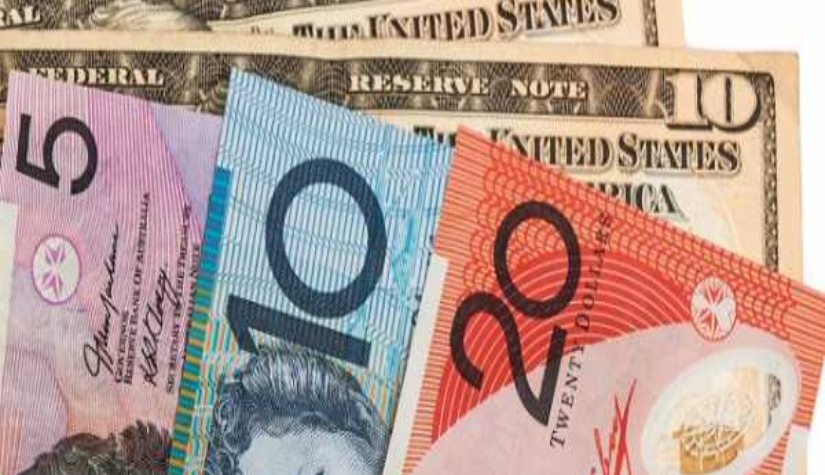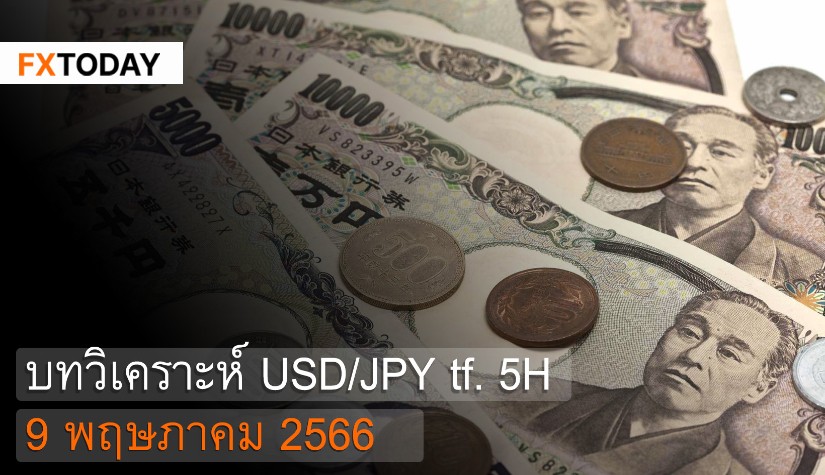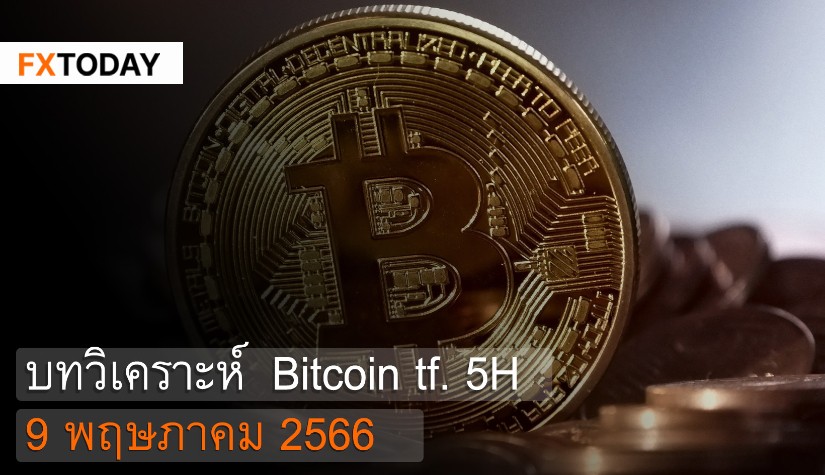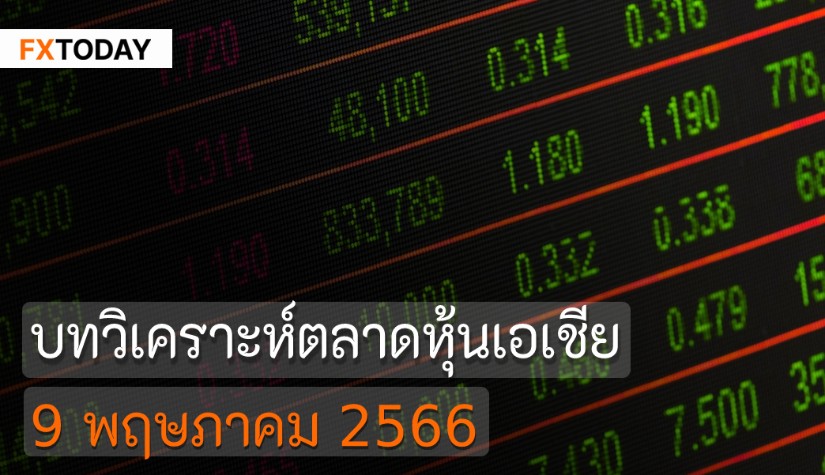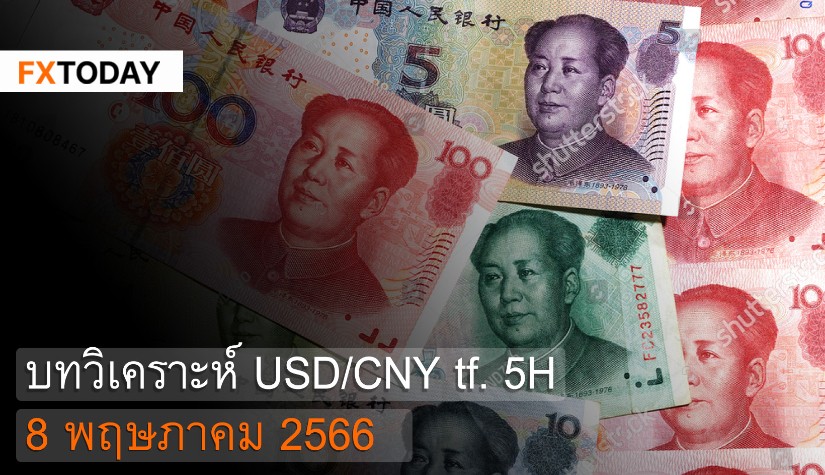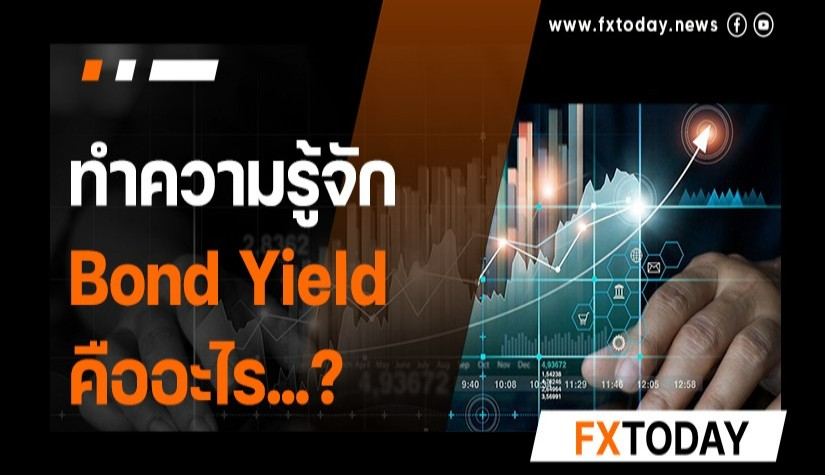Yen Gains on Strong GDP, But BOJ Policy Uncertainty Looms
The Japanese yen appreciated by 0.13% to 151.88 per dollar, driven by strong GDP data for the October-December quarter and persistent inflation, reinforcing expectations of a potential interest rate hike by the Bank of Japan (BOJ) in July. However, uncertainties remain regarding the pace and extent of future monetary tightening.
Meanwhile, Japan’s GDP expanded at an annualized rate of 2.8% in the fourth quarter, significantly surpassing the market’s 1.0% projection. This growth was fueled by increased business investment and a modest rise in private consumption, supported by strong year-end bonuses. Private consumption, which comprises more than half of economic output, grew by just 0.1%, and rising living costs could curb spending in the coming months.
Japan’s trade balance deteriorated in January, posting a larger-than-expected deficit of 2.76 trillion yen ($1.8 billion), well above the forecasted 2.10 trillion yen shortfall. The deficit widened due to a sharp 16.7% year-on-year surge in imports, significantly outpacing the 9.7% market estimate. This spike was driven by improving domestic demand and a stronger yen. Although exports grew by 7.2%, they fell short of the expected 7.9% increase. Strong demand from the U.S. and China supported Japanese exports, as companies accelerated shipments in anticipation of potential trade tariffs under U.S. President Donald Trump’s administration. Rising U.S. protectionist policies, including potential 25% tariffs on imported cars, pose a growing risk to Japan’s export-driven economy, given that the U.S. accounts for 20% of Japan’s total exports.
Bond yields have surged in response to inflationary pressures, with two-year and 10-year Japanese Government Bond (JGB) yields reaching their highest levels since 2008, roughly doubling since September. The BOJ remains cautious about tightening policy too aggressively after years of deflation. A Reuters poll suggests that core consumer price inflation likely rose to 3.1% in January, matching the highest pace in 17 months, primarily due to rising food costs and reduced energy subsidies. Wholesale inflation has also accelerated, with Japan’s corporate goods price index (CGPI) rising by 4.2% in January, marking a seven-month high. The increase was driven by soaring agricultural prices and the removal of government energy subsidies, further fueling inflation concerns.
Market expectations for BOJ policy changes have strengthened, with analysts estimating an 80% chance of a rate hike by July. The central bank has already begun shifting away from its long-standing ultra-loose monetary policy, raising short-term interest rates to 0.5% in January. While Japan’s core consumer inflation reached 3.0% in December, staying above the BOJ’s 2% target for nearly three years, concerns persist that inflationary pressures may outpace wage growth, limiting household spending. The International Monetary Fund (IMF) estimates Japan’s neutral interest rate—the level that neither stimulates nor slows the economy—falls between 1% and 2.5%.
Japan has also begun diplomatic engagement with the U.S. regarding Trump’s proposed trade policies. Chief Cabinet Secretary Yoshimasa Hayashi emphasized that Japan would carefully assess the implications of new tariff measures and respond appropriately. Former BOJ official Hiroshi Watanabe suggested that further rate hikes could help stabilize the yen, which has been under pressure due to its widening interest rate differential with the U.S.
Meanwhile, on Wednesday, the U.S. dollar remained firm amid continued trade tensions. The Trump administration announced further discussions with Russia regarding the war in Ukraine, while Trump reiterated plans for new tariffs, including a 25% duty on auto imports and additional levies on semiconductors and pharmaceuticals. Analysts suggested that if Trump’s tariff threats continued without implementation, traders might begin reducing their long-dollar positions.
Trade concerns have also impacted consumer behavior in the U.S., with a CreditCards.com report revealing that one in five Americans is making more purchases due to fears of rising costs from Trump’s tariffs. Tariffs tend to drive inflation by increasing import costs, forcing businesses to either absorb higher expenses or pass them on to consumers. This has led to stockpiling of essential goods such as non-perishable food, toilet paper, and medical supplies. Wall Street remains concerned that tariffs could accelerate inflation, limit the Federal Reserve’s ability to cut interest rates, and slow economic growth. Some companies have indicated they may shift production to the U.S. to mitigate tariff risks, adding to the uncertainty in global trade dynamics.
As a result, the USD/JPY pair is likely to experience heightened volatility in the near term as markets weigh Japan’s strong GDP growth and persistent inflation against ongoing monetary policy uncertainties. The yen’s recent appreciation reflects expectations of a potential BOJ rate hike by July, but the pace of future tightening remains uncertain, which could limit further yen gains. Japan’s widening trade deficit, driven by surging imports and weaker-than-expected exports, may also exert downward pressure on the yen. Meanwhile, rising U.S. trade tensions and potential new tariffs under the Trump administration could create risk-off sentiment, bolstering demand for the dollar as a safe-haven asset.
Data for Technical Analysis (1D) CFD USD/JPY
Resistance : 152.19, 152.43, 152.82
Support : 151.41, 151.17, 150.78
1D Outlook
Source: TradingView
Buy/Long 1 If the support at the price range 150.61 – 151.41 is touched, but the support at 151.41 cannot be broken, the TP may be set around 152.37 and the SL around 150.21, or up to the risk appetite.
Buy/Long 2 If the resistance can be broken at the price range of 152.19 – 152.99, TP may be set around 153.89 and SL around 151.01, or up to the risk appetite.
Sell/Short 1 If the resistance at the price range 152.19 – 152.99 is touched, but the resistance at 152.19 cannot be broken, the TP may be set around 151.35 and the SL around 153.39, or up to the risk appetite.
Sell/Short 2 If the support can be broken at the price range of 150.61 – 151.41, TP may be set around 149.70 and SL around 152.59, or up to the risk appetite.
Pivot Points Feb 19, 2025 03:57AM GMT
|
Name
|
S3
|
S2
|
S1
|
Pivot Points
|
R1
|
R2
|
R3
|
|---|---|---|---|---|---|---|---|
| Classic | 150.33 | 150.78 | 151.35 | 151.8 | 152.37 | 152.82 | 153.39 |
| Fibonacci | 150.78 | 151.17 | 151.41 | 151.8 | 152.19 | 152.43 | 152.82 |
| Camarilla | 151.64 | 151.73 | 151.83 | 151.8 | 152.01 | 152.11 | 152.2 |
| Woodie's | 150.39 | 150.81 | 151.41 | 151.83 | 152.43 | 152.85 | 153.45 |
| DeMark's | - | - | 151.57 | 151.91 | 152.6 | - | - |
Sources: Investing 1, Investing 2

